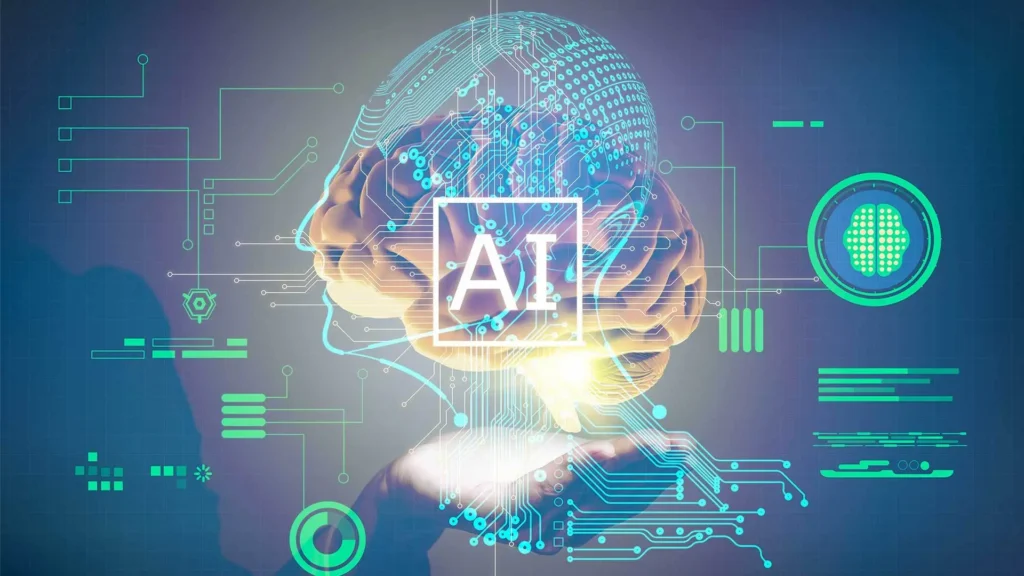
Introduction
In the ever-evolving landscape of artificial intelligence, OpenAI continues to push boundaries with the introduction of Deep Research. This AI-powered agent is designed to revolutionize the way we conduct research, offering unparalleled efficiency, accuracy, and automation. Leveraging OpenAI’s advanced o3 model, Deep Research can autonomously handle complex research tasks, providing detailed and structured reports within minutes.
This article delves into the key features and benefits of Deep Research, exploring how it enhances professional and academic research capabilities across multiple industries.
What is Deep Research?
Deep Research is OpenAI’s latest AI tool built for in-depth analysis, multi-step research, and data synthesis. Unlike conventional AI assistants, this tool doesn’t just generate responses but actively plans, executes, and refines its research approach to deliver comprehensive insights.
By utilizing autonomous multi-step reasoning, Deep Research gathers, organizes, and synthesizes data from various sources, making it an invaluable asset for professionals in fields such as science, finance, business intelligence, and engineering.
Key Features of Deep Research
1. Autonomous Multi-Step Research
Deep Research is engineered to autonomously execute complex research tasks. Users can input queries via text, images, or files, and the AI systematically breaks down the research process into multiple steps. It then compiles its findings into a structured and detailed report.
- Can handle large datasets with ease
- Generates reports in 5 to 30 minutes (tasks that would take humans hours or even days)
- Works independently, requiring minimal human intervention
This feature makes Deep Research perfect for industries where time-sensitive and data-heavy research is crucial.
2. Powered by OpenAI’s o3 Model

At its core, Deep Research leverages the o3 model, a powerful AI engine known for its superior reasoning capabilities. Unlike previous models, o3 is optimized for logical step-by-step problem-solving, making it highly effective for tasks requiring deep analysis.
- Enhanced reasoning and contextual understanding
- Optimized for scientific, financial, and strategic analysis
- Reduces errors by following structured methodologies
3. Comprehensive Data Analysis and Synthesis
Deep Research does more than just retrieve information; it analyzes, compares, and synthesizes data from various sources. It can pull insights from academic papers, financial reports, business intelligence, and public datasets, ensuring well-rounded conclusions.
- Compiles multi-source data into unified reports
- Uses context-aware synthesis to eliminate redundant or irrelevant information
- Identifies patterns and correlations across datasets
4. User-Friendly Interface and Accessibility
Integrated within OpenAI’s ChatGPT platform, Deep Research offers a seamless user experience. It is currently available to Pro users in the U.S., with plans to expand globally.
- Accessible through a simple chat-based interface
- Requires no prior technical knowledge or coding skills
- Available as a subscription-based AI research assistant
5. Transparency and Citation Support
One of the standout features of Deep Research is its transparency. Unlike black-box AI systems, this tool provides a clear research trail, citing sources and outlining the steps it took to reach conclusions.
- Offers inline citations and reference lists
- Ensures credibility by referencing verifiable sources
- Provides users with a summary of its research methodology
Benefits of Deep Research
1. Enhanced Research Efficiency
Deep Research eliminates the need for manual data gathering, drastically reducing research time. This allows professionals and academics to focus on interpretation and strategy rather than spending hours collecting raw data.
- Reduces research time by up to 80%
- Automates repetitive tasks such as data collection, analysis, and report generation
- Speeds up decision-making processes
2. Improved Accuracy and Reliability
Thanks to OpenAI’s o3 model, Deep Research provides precise and well-structured findings. By following logical research pathways, it minimizes errors and ensures that information is both relevant and fact-based.
- Cross-references multiple sources to reduce misinformation
- Uses structured reasoning techniques for better accuracy
- Offers transparent citations to verify data authenticity
3. Multi-Industry Applications
Deep Research is versatile and can be applied across various fields:
- Finance: Conducts market analysis, risk assessments, and investment research.
- Science & Engineering: Analyzes research papers, summarizes findings, and assists in R&D projects.
- Business Intelligence: Gathers industry insights, competitor analysis, and trend forecasting.
- Academia: Assists researchers and students in conducting detailed literature reviews.
4. Cost-Effective Research Solution
By automating deep research, companies can cut down on research expenses while improving the quality of insights. Organizations no longer need to allocate extensive resources for manual research and data analysis.
- Reduces labor costs for research teams
- Increases efficiency, allowing faster project turnarounds
- Helps businesses make data-driven decisions without excessive costs
5. Continuous Learning and Adaptation
Since Deep Research is built on AI, it continuously learns from new information, user feedback, and real-world data. This ensures that its research methodology remains up-to-date and evolving.
- Adapts to changing market trends
- Improves research accuracy with ongoing learning algorithms
- Ensures the latest scientific discoveries and industry trends are considered
Potential Challenges and Considerations
While Deep Research offers numerous advantages, there are also some challenges to consider:
- Limited Availability – Currently, access is restricted to ChatGPT Pro users in the U.S.
- Dependence on Data Sources – The quality of research depends on the availability of credible online sources.
- Ethical Concerns – AI-driven research may raise questions about bias, misinformation, and over-reliance on AI-generated insights.
These concerns highlight the importance of human oversight in AI-assisted research.
Conclusion
OpenAI’s Deep Research marks a significant breakthrough in AI-powered research. By automating the research process, it provides unparalleled efficiency, improves accuracy, and reduces costs. Whether you’re a researcher, business analyst, or financial expert, this AI agent can revolutionize your workflow, allowing for deeper and faster insights.
As AI continues to evolve, tools like Deep Research will play a crucial role in shaping the future of knowledge discovery and decision-making. With its autonomous capabilities, multi-industry applications, and transparency, Deep Research is a game-changer for professionals worldwide.
1 thought on “OpenAI’s Deep Research: The Future of AI-Powered Research”